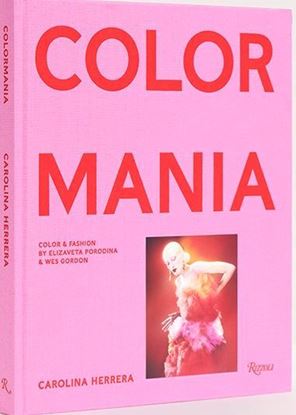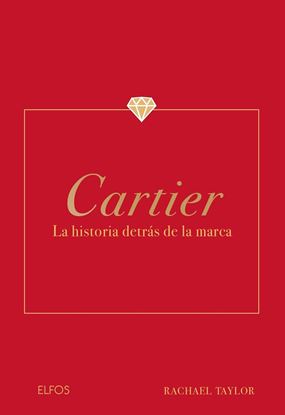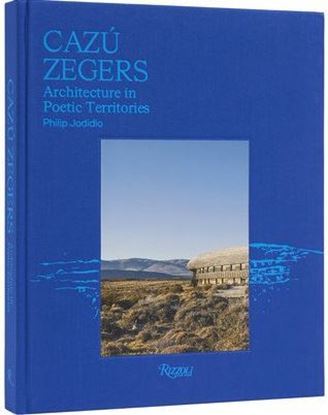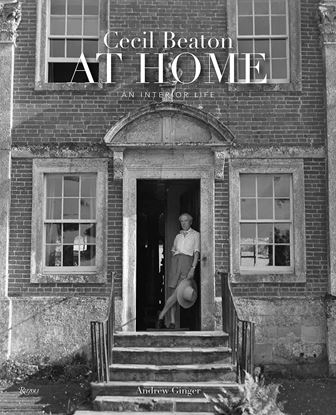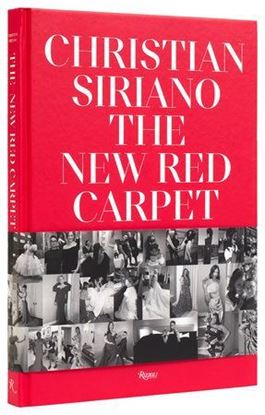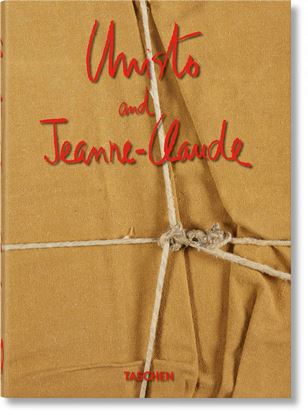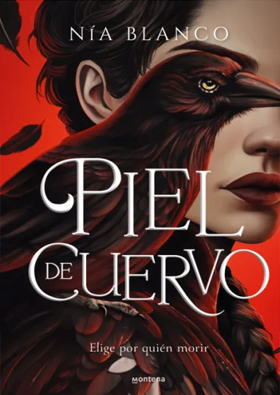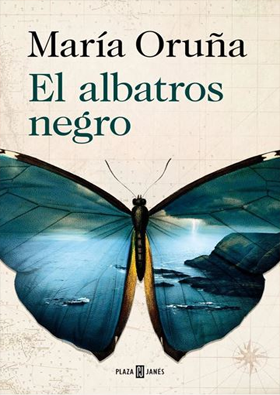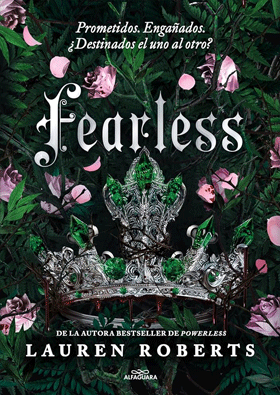

CAROLINA HERRERA
The sophistication and modern femininity of the American luxury fashion house Carolina Herrera is captured in this evocative and vividly hued volume photographed by Elizaveta Porodina. A collaborative series of images, the first chapter of which was created in 2020 over Zoom, feature Porodina’s signature timeless, painterly style—an effect achieved through complex lighting techniques and equipment— capture the brand’s evolving collections designed by Creative Director Wes Gordon in a dreamy, otherworldly light.
Inspired by dance, movement and the Herrera signature of bold color, this mesmerizing tome is flooded with photography of models and dancers in motion to reflect the vibrant energy and optimism of the clothing, arranged according to the chroma wheel instead of chronologically. Ethereal beauties, including singer and actress Dove Cameron, dancers Wendy Wheelan and Misa Kuranaga, and models Maggie Maurer and Mao Xing Xing, wear sweeping ballgowns, bold, saturated colors and dramatic silhouettes across ten collections designed by Wes Gordon over the past four years, capturing the fantastical universe of Beauty that is Carolina Herrera.
4,995
CARTIER. HISTORIA DETRAS DE LA MODA
Siga los pasos de la realeza, las celebridades y los mejor vestidos del mundo, y sumérjase en el lujoso universo de Cartier.
Recorra la historia de la famosa joyería y relojería, desde sus humildes comienzos en el París del siglo xix hasta el deslumbrante imperio que es ahora.
Descubra cómo la ambiciosa familia Cartier revolucionó el diseño, cautivó a marajás y presidentes, forjó estratégicas relaciones creativas y se hizo popular con diseños emblemáticos como el Panthère, el Tank y el brazalete Love.
995
CAZU ZEGERS. ARCHITECTURE IN POETIC
This is the first major book on Zegers, who practices an intensely artistic and ecological form of architecture based on landscapes in which she builds. Working frequently in timber, Zegers reaches unique, sustainable, and recyclable solutions that combine and rescue the traditional work of Chilean carpenters with modern techniques. In an almost metaphysical journey, in which organic forms, curves, diagonals, and verticals are combined, Zegers affirms her rising presence as a force in ecologically minded architecture.
5,300
CHRISTIAN SIRIANO
The popular American fashion designer takes us on an exhilarating journey with today’s biggest stars wearing his statement-making designs on the world’s most exciting red carpets.
This highly anticipated sequel to Dresses to Dream About (2017), delves into Siriano’s continued evolution as a visionary, from his groundbreaking fashion that celebrate diversity, inclusion, and body positivity to the meticulous craftsmanship behind each creation. This inspiring tome explores the intersection of fashion, art, and celebrity culture, offering a front-row seat to the dazzling spectacle of Siriano’s bold designs worn by glamorous actors, top models, pop culture legends, LGBTQIA+ icons, and first ladies.
2,995
CHRISTO & JEANNE-CLAUDE (40) (INT)
The works of Christo and Jeanne-Claude are monuments of transience. Gigantic in scale, they are always temporary, created to exist only for a limited time and to leave unique, unrepeatable impressions. “From the smallest of the Packages made in Paris in the early 1960s, to the delicate pattern of hundreds of branches embraced by a translucent fabric veil... in Christo and Jeanne-Claude’s works there is nothing abstract, nothing imagined; it is all there―corporeal and tangible.” (Lorenza Giovanelli)
1,500

